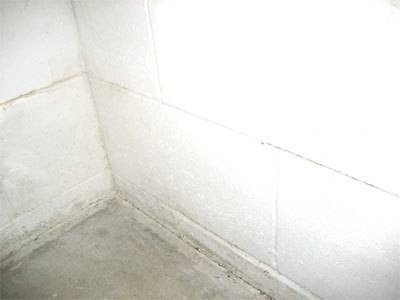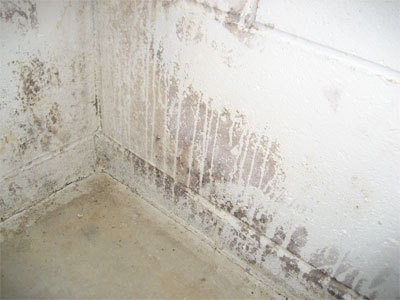Traditional methods of removing mold in your home calls for spraying the affected area with water mixed with harsh chemicals, such as ammonia or chlorine bleach. Unfortunately, chlorine bleach contains sodium hypochlorite (NaOCl), which, when mixed with water forms hypochlorous acid (HOCl).
Hypochlorous acid is a terrible irritant to human skin and tissues, and its fumes are harmful to eyes and lungs. Worse, when mixed with cleansers with ammonia (by would-be home cleansing chemists seeking double cleaning power), it can form chloramine gas, which can be deadly. Sometimes, hypochlorous acid mixes with natural, carbon-based matter in the environment and creates carcinogenic gases or dioxides.
The short answer: this stuff is bad for you, and bad for the environment. Luckily, the same mold-removing effect can be achieved with white vinegar.
Ingredients:
- White vinegar (the cheapest you can find)
- Water
- Mixing bowl or measuring cup
- Spray Bottle
- Mix 3 parts vinegar to 2 parts water (such as 3 tablespoons vinegar to 2 tablespoons water, or for larger areas, 1 cup vinegar to 2/3 cup water) in a bowl or measuring cup. It won’t hurt to use full vinegar, but it’s not necessarily and diluting it with water saves resources and money.
- Place the mixture in a clean spray bottle, and swirl to mix.
- Liberally spray the mixture over the affected areas, and let sit for 30 minutes to 1 hour.
- Wipe down the area with water, and allow to dry.

To prevent mold in problematic areas – such as showers and tubs, sinks, dish drainers, cutting boards – simply spray with a vinegar solution every few days.
[Microscopic Photo from jdbasementsystems.com]

3% hydrogen peroxide in a spray bottle. Spray it on, no smell. Wipe off after 5min. I use this all the time. Beats vinegar hands down.
I think you might have your chemistry wrong. Bleach can be nasty but Hypochlorous acid from all the scientific literature I have read is very NON TOXIC. If you use it in a form produced from electrolyzed water it is actually super safe (from multiple sources). I’ve since started using it on wound care- seriously I never had wounds heal faster with less irritation. It’s safe enough to use on food surfaces, cleaning C-paps, food itself. Don’t just trust me though, look it up and do your research!
HOCL is not harmful. The human body actually makes hypochlorous acid naturally! While HOCL preparations may be mildly irritating for some people with more sensitive skin, it is used commercially to disinfectant restaurants and hospitals, and can be used (and is regularly used) as a skin spray for healing tattoos as well as in the EYES for certain conditions like blepharitis. Just FYI, numerous studies have shown that white vinegar provides very little in the way of disinfectant qualities, and despite being touted for everything under the sun by self described holistic or naturist folks, is overhyped and generally just a smelly waste of money. It can also cause damage to your wood or laminate floors.